New Pacific Ag Research Nematology Research Lab in Five Points, CA in the San Joaquin Valley4/25/2024
Ag Metrics Group Announces Dr. Marja Koivunen as New Science Officer for Pacific Ag Research2/6/2024
(Fresno, CA, February 6, 2024) – Ag Metrics Group, formerly known as Pacific Ag Group welcomes Dr. Marja Koivunen as Science Officer for the Western Region of the United States, and as the new Salinas Station Manager for Pacific Ag Research, the company’s West Coast Division.
Key Expertise and Collaborative Leadership Dr. Koivunen is distinguished for her broad knowledge of biopesticide product development and hands-on experience in greenhouse and field research, particularly with California crops and pest systems. In her new role, she will collaborate with senior management, including Dr. Frank Sances, the President and Founder of Ag Metrics Group, as well as with Brad Booker – Western Area Manager/Pacific Ag Research and Oscar Cuevas – Farming and Operations Manager/Pacific Ag Research, to manage the extensive portfolio of field, greenhouse and laboratory activities for the company. Dr. Koivunen is also well integrated into the California crop production industry and holds active Agricultural Pest Control Adviser (PCA) and Certified Crop Consultant (CCA) licenses. Strategic Expansion and Vision This strategic appointment was announced at the 2024 California Plant and Soil Conference in Fresno, California. Dr. Sances commented on her joining the Pacific Ag team, "With the expansion of our West Coast Operations, Dr. Koivunen is joining us at just the right time. We’ve grown both geographically and in our research facilities with almost 50,000 sq. ft of California greenhouses, a new field-lab complex in Fresno County, and now have presence in Davis and the greater Sacramento Valley." Dr. Koivunen, expressing her excitement about the new role, stated, “I have long respected the work of Pacific Ag Research. I look forward to joining Pacific Ag’s science faculty and a stimulating environment that will allow me to develop new techniques and services for our clients' research programs.” A Career Marked by Excellence Dr. Koivunen's career includes significant roles at Vestaron Corporation, AMVAC Chemical Corp, Novozymes Biologicals, Eurofins Agroscience Services, and Marrone Bio Innovations. Her academic accomplishments include a Ph.D. in Soil Science, Plant Nutrition and Soil Microbiology from UC Davis and a M.Sc. in Agricultural Chemistry and Physics/Soil Science from the University of Helsinki. She was also a Fulbright Scholar in Soil Microbiology at Cornell University. Additionally, she is a Fellow of the American Chemical Society (ACS) AGRO Division and has served at the Governing Boards of the ACS AGRO and the American Society of Agronomy's California Chapter. She has authored and co-authored multiple peer-reviewed articles and patents. F.V. Sances (1), B. Aglave (1), K. Williams (1), C. Boone(1), B. Booker (2), W. Schonborn (3), & E. Rosskopf (3) (1) Florida Ag Research, (2) Ag Metrics Group, (3) US Department of Agriculture (Collaboration Only)
Here, we build on previous work from these and other researchers to develop site-specific “Best Practices” for alternative nematode and pathogenic soil fungi control for Central Florida. Two summer solarization trials took place at the Dover Lab and yields for ASD + Solarization were on par with fumigation. This season we increased precision of applications for manure and molasses and included raised beds or flat ground comparisons.
Flat Ground: In many commercial settings, ASD and Solarization treatments are easier accomplished on flat ground. Here, the chicken manure was applied to the treated area utilizing a cone spreader, followed by mechanical injection of molasses, then the area was disked and plastic mulched. Methodology
Raised Bed: Planting beds were inoculated with soil-borne diseases, Sting nematodes, and common weed seeds before treatment. Four replicates of five treatments were randomly placed into planting beds previously farmed in strawberries. Following summer solarization/ASD, beds were formed in September (Fumigated) and in October, half of the ASD and Solarization plots with clear plastic were painted black. Flat Ground: Bare ground areas were inoculated with soil-borne diseases, Sting nematodes, and common weed seeds before treatment. Four replicates of four treatments were placed into previously farmed strawberry ground. Each plot comprises one planted bed 120 ft in length. Following summer solarization and ASD plots, beds were formed in September. Crop Health Yields Cumulative Yield data for approximately 6 weeks of harvests at the raised bed (a) and flat ground (b) fields, compared to cumulative annual yield from the previous years’ study at Dover (c) and the Duette, FL, grower site that was a flat ground treatment (d). F.V. Sances (1), B. Aglave (1), K. Williams (1), C. Boone (1), S. Sances (2), W. Schonborn (3), & E. Rosskopf (3) (1) Florida Ag Research, (2) Ag Metrics Group, (3) US Department of Agriculture (Collaboration Only) Introduction
The recurring strawberry production challenges of managing soil borne pests in commercial Florida strawberry farms have never been greater. In conventionally farmed operations, increasing regulatory pressures on remaining registered chemical soil fumigants, and the costs associated with their use are important factors that reduce the sustainability of the industry going forward. Also, while still in its infancy, organic strawberry production in Florida is now well established, and the 2022-23 season brought numerous examples of severely impacted plantings from both nematodes and soil borne diseases. To meet the demand for domestically produced winter fruit, Florida’s organic strawberry growers have limited options for soil borne pest control and have come to rely on use of new land, field site isolation, high rates of organic soil amendments, and a variety of alternative organically approved soil pest control products with varying levels of efficacy.
Metagenomic analysis of 16S and ITS sequencing data of soil microbiome. 1149 features detected across 48 samples. Dendrogram determines similarity across samples. Unsupervised clustering (colors) show sample consistency across seasonal timepoints as well as potential outliers (left samples). Processed data was derived from Mr. DNA pipeline. Final timepoint had the clearest separation in soil treatments indicating high reliability of treatment specific species detection. 2022-2023 Data Review
This presentation brings current performance data from these alternative soil management practices, which includes molecular analysis of effects of treatments to the soil food-web, effects on bedding plastics used in solar heating of soil, and a comparison of yield enhancement and pest suppression efficacy of the methods. Soil Borne Pest Control
Macrophomina and nematode control for solarized plots was improved by “over the top” and ASD methods. Sting nematode suppression in the ASD and “over the top” treatments were on par with fumigant-treated plots. ASD did have a negative effect on certain brands of clear plastic.
Soil Sample Diversity Data summaries of "stackplot" representations of abundance data from genus level. Each timepoint grouped by treatment and stacked with detectable genera diversity expressed as percent of total abundance. Top 12 out of 349 genera listed. Alternating color bands show diverse genera, thickness is percent abundance ranked from most (bottom) to least (top). EARLY SOIL SAMPLE MID-SEASON SOIL SAMPLE LATE-SEASON SOIL SAMPLE Additional research funding provided by The Florida Strawberry Growers Association Foundation and the USDA
Summary: Management of soil borne pests on commercial Florida strawberry farms has long been a challenge to growers. In recent years, this has been particularly difficult with regulatory pressures on the use of remaining chemical soil fumigants and the costs associated with their use. Also, while still in its infancy, organic strawberry production in Florida has been established by several shippers to try to meet the demand for this strawberry market segment. To provide growers with alternative non-fumigant soil pest management techniques, this project builds on previous work from these and other researchers with an on-site demonstration of Soil Solarization and Anaerobic Soil Disinfestation for the 2023 grower outreach by our collaborative groups. Click Poster to Download
We’re ready for the 2023 research season! 2023 is shaping up to be the largest data generation season on record across the West, Midwest, and Southeast US. The last few years under Covid have brought new pest outbreaks in key cropping systems coupled with an industrywide pent-up demand for R&D data for product developers and growers alike. In response, our company has doubled down on our core capabilities to give our clients the insights they need to accomplish product development goals and drive new value for our farmers. The world has reset–leaving an opening for biology to move in new ways. Over the last three years, we have witnessed significant crop losses across our farming regions. This includes a serious new Thrips / INS Virus / Pythium “Pest Complex” on lettuce in the Salinas Valley of California, explosive Tar Spot outbreaks in the Midwest, and strawberry crop losses from newly introduced Neopestalotiopsis in Florida. These and other agronomic challenges surfaced during Covid and have kept us busy working to understand their epidemiology and uncover new opportunities for control.  Frank Sances, President Frank Sances, President To meet this demand, Ag Metrics Group has significantly increased facilities, professional staff, and methods development to offer an expanded portfolio of experimentation for our sponsors. Research capabilities added this year include five new climate-controlled greenhouses for California and Florida. In Michigan, we built 4,800 sq. ft. of new Entomology and Nematology laboratories, surrounded by 80 additional acres of premium irrigated farmland. All told, Ag Metrics Group has grown to 12 science laboratories, 70 full-time staff, and several hundred acres of company-owned farms in key agricultural regions of the American West, Midwest, and Southeast. Our client base includes most all ag-product manufacturers, many regional grower cooperatives, and governmental agencies that include state universities and the USDA. Now more than ever, we recognize the critical impact data-driven product development has on our industry. These solutions enable growers to respond to new challenges and opportunities with confidence in the stewardship of their land. Privatized science is the key to rapid and robust biological insights to demonstrate value in a dynamic and diverse set of pest and environmental applications into the future. We look forward to our continued partnership with our clients and wish you all a very successful year. Frank Ag Metrics Group Provides “First Report of Neopestalotiopsis rosae Causing Crown and Root Rot of Strawberry in California” American Phytopathological Society of America (APS) Dan Lawrence 1, Greg Brittain 1, Balaji Aglave 2, Frank Sances 3 1 Pacific Ag Research, 2 Florida Ag Research, 3 Ag Metrics Group Following these authors’ research in Central Florida strawberry plantings in late 2019, they found this devastating fungus again in Salinas, California, on newly transplanted strawberries in the winter of 2021. Since their original Florida research, the fungus is now well established throughout the Southeast and has become the key pest for this crop early season. This subsequent finding in California is the first scientific proof that it has moved westward into other US strawberry producing areas, and has the potential to cause crop losses to growers in that region. Turf & Ornamental Capabilities Expanded Companywide in 2023
California Adds 5,400 sq. ft. of Greenhouses
New San Joaquin Valley Field-Lab at Our Five Points Station In 2022, we remodeled 1,200 ft2 of administrative offices, opened a new 2,500 ft2 climate-controlled field lab, and installed additional fruit, nut, and vine plantings. We added more microscopy, a walk-in cooler, a post-harvest drying unit, and a deep well with a new reservoir for sustainable water at this site going forward. The past year we purchased more off-site equipment including a new tow vehicle, support trucks, and another mobile orchard sprayer platform for off-site trials. Together with a new research biologist, these assets comprise a well-equipped and staffed Central Valley research campus with a wide geographic radius of field activities for product development needs. Michigan Ag Research Expansion in Final Stage of Completion To advance our goal to provide the best possible administration and science campus at Albion, Michigan Ag Research is now in the final stages of construction of a 4,800 ft2 building that will include:
In addition to the new laboratory facilities, 80 acres of irrigated farm land were added, bringing the total station size to 200 acres. Publicly Funded Research: |
Archives
April 2024
Categories
All
|

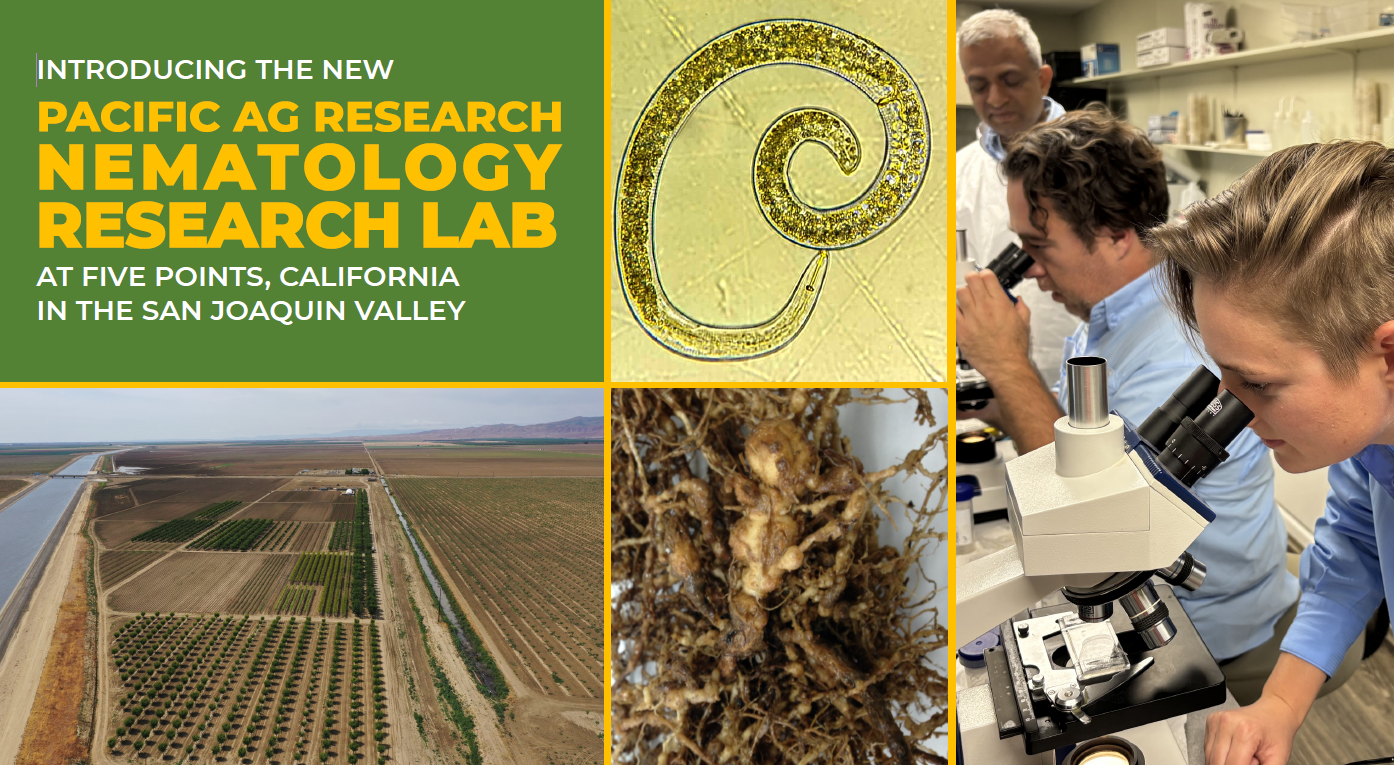







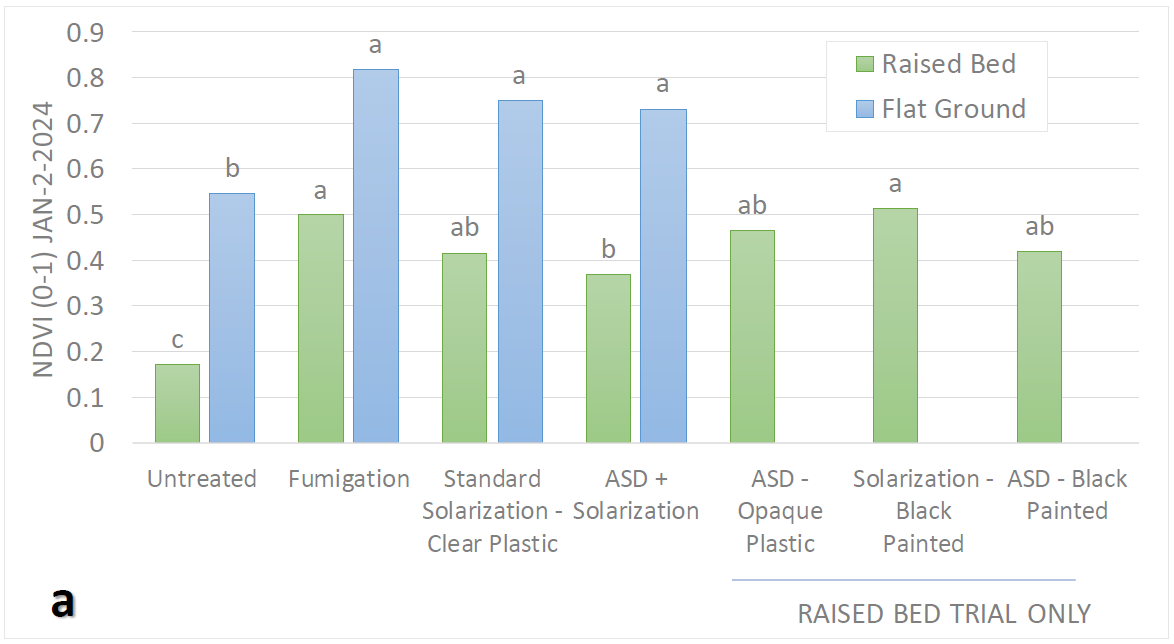












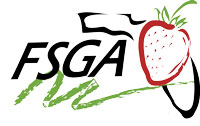

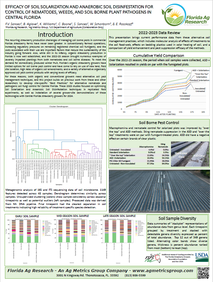

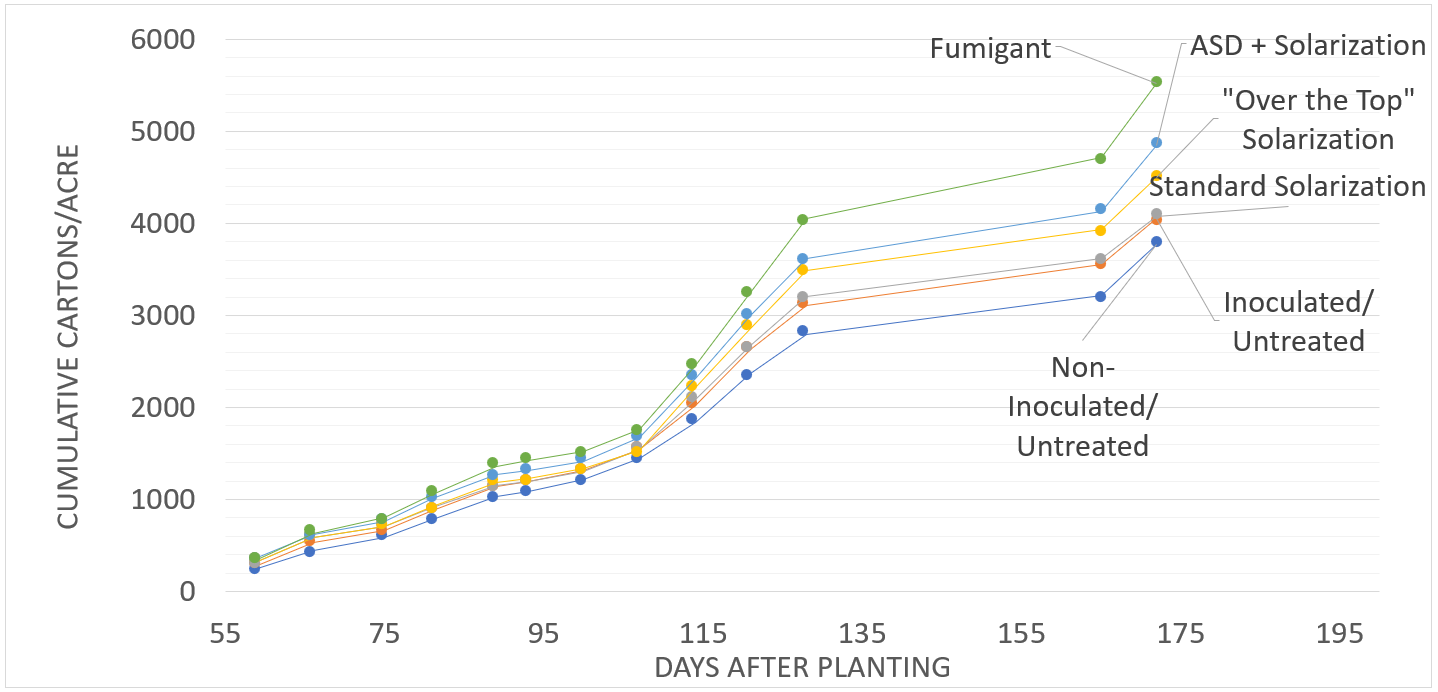



























 RSS Feed
RSS Feed
